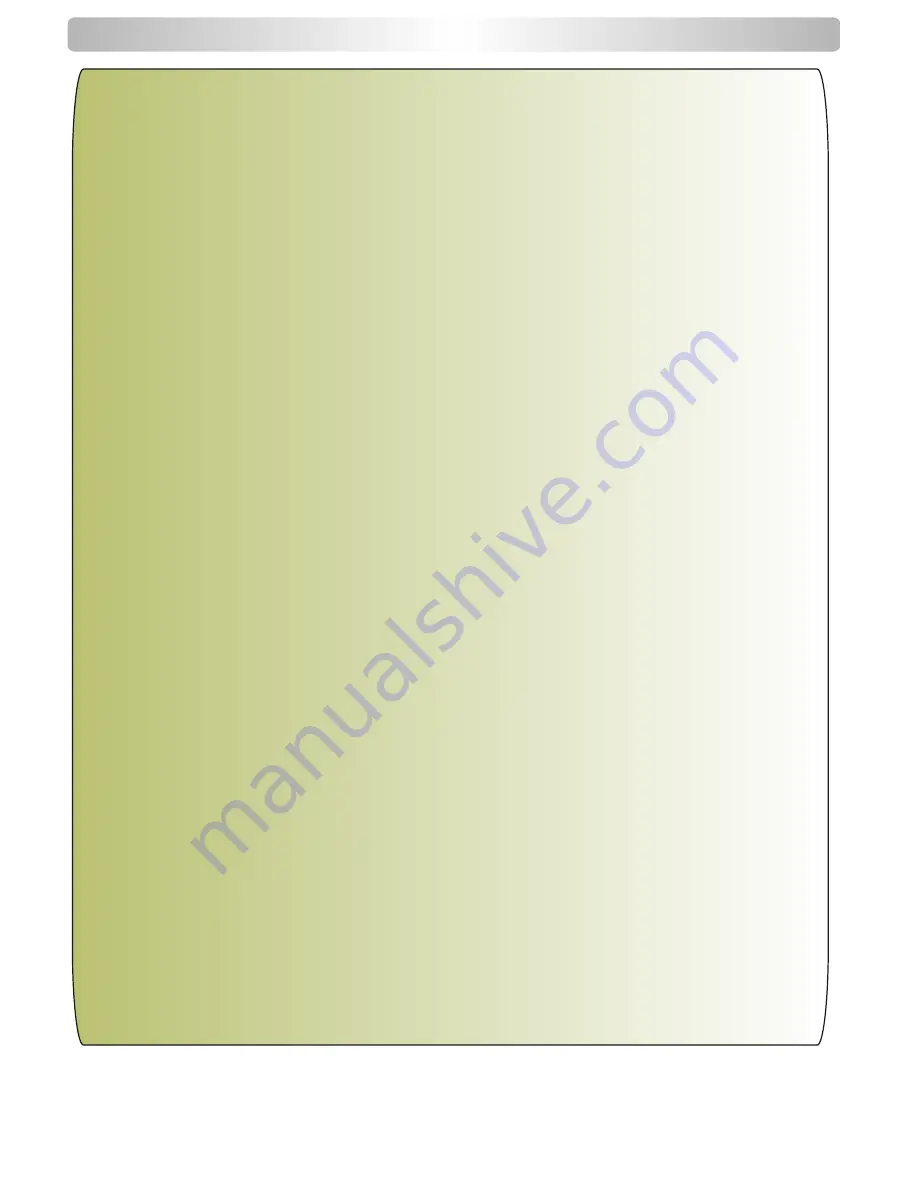
Basic Information / Grundlagen
Please read these sheet very carefully. First, we will discuss the various screws, later how to deal with ball bearings
and ball links, and then the flying of model helicopters.
In generall most screws and bolts we use are relatively small, so you should be very careful with it. The recommended
torque is very low and only a few customer have fine enough torque wrenches, that is why we don't give any
information on this in this manual. An example is nevertheless called:
A metric M3 screw grade 10.9 requires 1.8 Nm
torque, which is about 1.8 kg on lever length 10cm (!!!). Here are mainly M2 (approximately 0.5Nm) and M2.5
(1.1Nm) screws used, so you should be even more careful. It is advisable to keep the screwdriver with just two
fingers (between thumb and index finger).
Basically, all metal-metal connections are secured with medium strength threadlock
. A metal-metal connection is
e.g. a steel bolt with an aluminum part or a steel nut. The threadlock should be applied to the first 3-4 turns of the
screw. If the screw is screwed through a plastic part before or pushed through another component, you can apply the
threadlock into the internal thread. A thin wire is very helpful.
Screws in plastic components can be secured with superglue (cyanoacrylate).
This is especially recommended if
the connection was already open several times. Especially in plastic components you should be very careful not to
overtighten the screws. The flow of the plastic (caused by too much tension), brings no benefits anyway.
Self-locking connections as nylon lock nuts are easy to care for. The inhibitory effect of the nylon ring prevents the
release of the connection. Avoid additional threadlock or other adhesives - this could damage the nylon.
Nylon lock
nuts should be replaced after a single use to ensure an ideal function.
Compass Model always takes care to use high quality ball bearings, but
even the best bearings need to be checked
from time to time
, or after a crash. Avoid oils to lubricate the bearings, as these are not pressure-resistant and can
wear the bearings faster or cause fretting. If required you should use special ball bearing grease to lubricate the
bearings. Pressing the grease into the bearing is kind of hard to do. To do this successfully you will need a special
device. The ball bearings require no greasing usually in the normal course of life. Many bearings hold up hundreds of
flights!
Hooking or rough running ball bearings should be replaced quickly. A cracking or blocking ball bearing can
cause serious damage to the helicopter.
A bit rough running of thrust bearing without tension is normal (due to the metal case). Under load (pull both blade
grips outwards and rotate them) the thrust bearing should run smoothly and without any hard spots. Thrust bearings
must always be greased.
Ball links are wearing parts.
To avoid damage, they should never be held with pliers or be turned with a stick through
the eye. Damaged ball links must be replaced immediately. Ball links are always clipped onto the ball with the
Compass logo facing outwards. Ball links of Compass Model are moving a little hard, while they are new. With a link
sizer (part number: E-XQT-01) you can adjust it to guarantee a perfect fit on the balls. Once the ball link get noticeable
play on the ball it is worn and should be replaced.
Flying of model helicopters is always a security risk. Avoid: public places, crowds, busy routes, overflying of people and
animals, large corn or wheatfields, forests and power lines. Flying of rc-models is active participation in aviation!
Please respect the regulations in your country. It is not advisable to go alone to the flying field.
A detailed pre-flight inspection is a must.
Check here: All bolted connections, screws, wiring, pins, ball links and the
function of electronic components and finally the helicopter itself. Always do a function test (direction test on all axes) of
the flybarless system before you take off.
If you hear strange noises during the flight, or a change in flying characteristics, land immediately and never accept a
security risk!
Rotating parts can cause serious injury. Do not spool up the rotor when the helicopter is in your hands or fixed to the
ground. A fixed helicopter can be destroyed by resonances.
Always keep a safe distance (at least 5m) to yourself or others, parked vehicles, etc..
RC-helicopters are not toys and therefore they should be assembled flown and maintained carefully with
respect and responsibility!
Summary of Contents for WARP 360
Page 1: ...Version 05 13 ...
Page 79: ...COMPASS MODEL HK LIMITED www compassmodel com ...










































